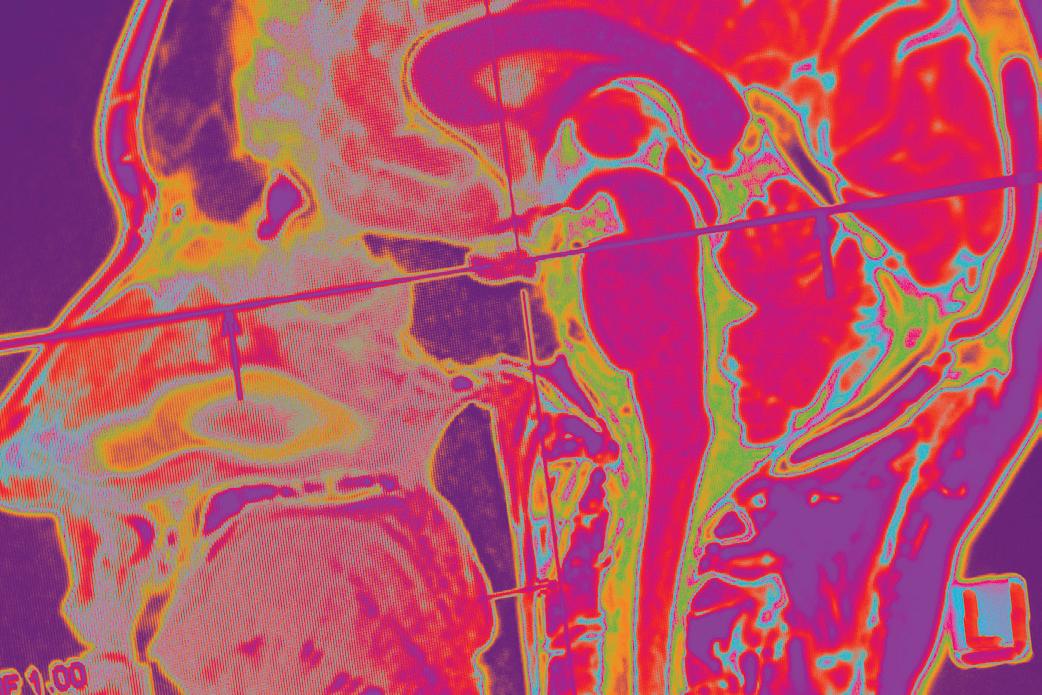
4 minute read
Echoes of the Mind: Exploring Glore Psychiatric Museum
© Pexels
Echoes of the Mind: Exploring Glore Psychiatric Museum
Housed in what was once called the "State Lunatic Asylum #2," the Glore Psychiatric Museum in St. Joseph, MO, is a glimpse into the complex history of mental health care.
At the time of operation, “Lunatic Asylum” was the politically correct term for such a place. Lunatic was derived from the Greek word Luna, as most people believed that the full moon would make you crazy. Asylum simply meant a place of rest and didn’t have the scary connotation it has today.
The hospital first opened in 1874 and was about 2 ½ miles outside of town. If you were headed from downtown to the hospital, you would have traveled on Asylum Road. The hospital was its own community, with three farms, a carpentry shop, a metal shop, sewing rooms, and its own cemetery. These were all worked by the patients. Most patients lived their entire lives here; it was commonplace to ask, “What clothes do you want them buried in?” when a new patient arrived because they would most likely never go home. Fresh air and sunlight were the most used forms of “treatment” at that time, so most patients never got “well.” By the mid-1940s, the hospital was at its largest (over 3,000 patients). It housed not only mental health patients but also patients with tuberculosis, dementia, syphilis, alcoholism and drug abuse, as well as people who were simply handicapped. It became a place for all those in society who were basically unwanted by their family and peers.
By the 1970s, it was determined that it was impossible to care for psychiatric patients because of all the other ailments being treated at the hospital. That, coupled with law changes instituted by the federal government, began the downsizing of #2. By 1997, the hospital was no longer a haven for the unwanted of society and had moved into the fold of the Department of Corrections.
The Museum was founded in 1968 by George Glore, an occupational therapist at #2. He was tasked by the Superintendent at the time, Dr. Liam O’Brien, to construct treatment device replicas of centuries past. He did so with the help of the patients, and they were presented as an educational tool for Mental Health Awareness Week. The public received the exhibit so well that Dr. O’Brien told George to look for items that would illustrate how the treatment and perception of mental health had changed over the years and is still changing today.
The Museum is now the subject of numerous television documentaries featured on The Learning Channel , The Discovery Channel PBS The Science Channel , and several other websites and blogs. It holds a spot on the top 100 places to visit before you die, the top 20 most unique museums in the U.S. The Glore is the largest Psychiatric Museum in the world.
After starting in the Historic Center Building (now on prison grounds), the Glore was moved in 1997 and is now housed in the hospital's former medical-surgical center. During your visit, you will see one of the surgery suites, the original morgue and autopsy room, and the original physical therapy room, and you will experience the history of mental health treatment from the 1600s to today.
As part of the St. Joseph Museums Complex, your admission to the Glore Psychiatric Museum includes admission to the Black Archives of St. Joseph, the newly renovated Archaeology and Native American Galleries, the Doll Museum, and the 1879 WyethTootle Mansion.
A full day of history awaits you at the St. Joseph Museums! Find out more at stjosephmuseum.org
3406 Frederick Ave. St. Joseph, MO – 816-232-8471 FINANCIAL ASSISTANCE PROVIDED BY THE ST. JOSEPH, MO CONVENTION & VISITORS BUREAU










